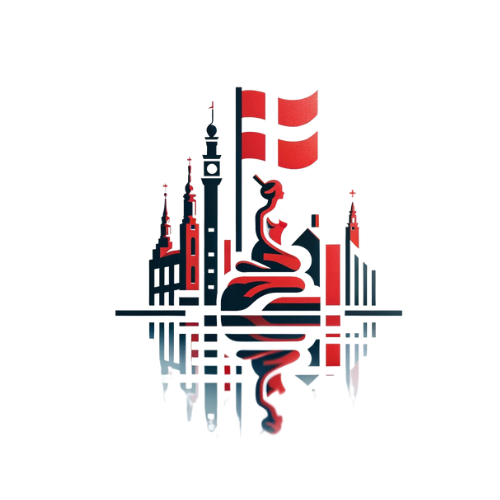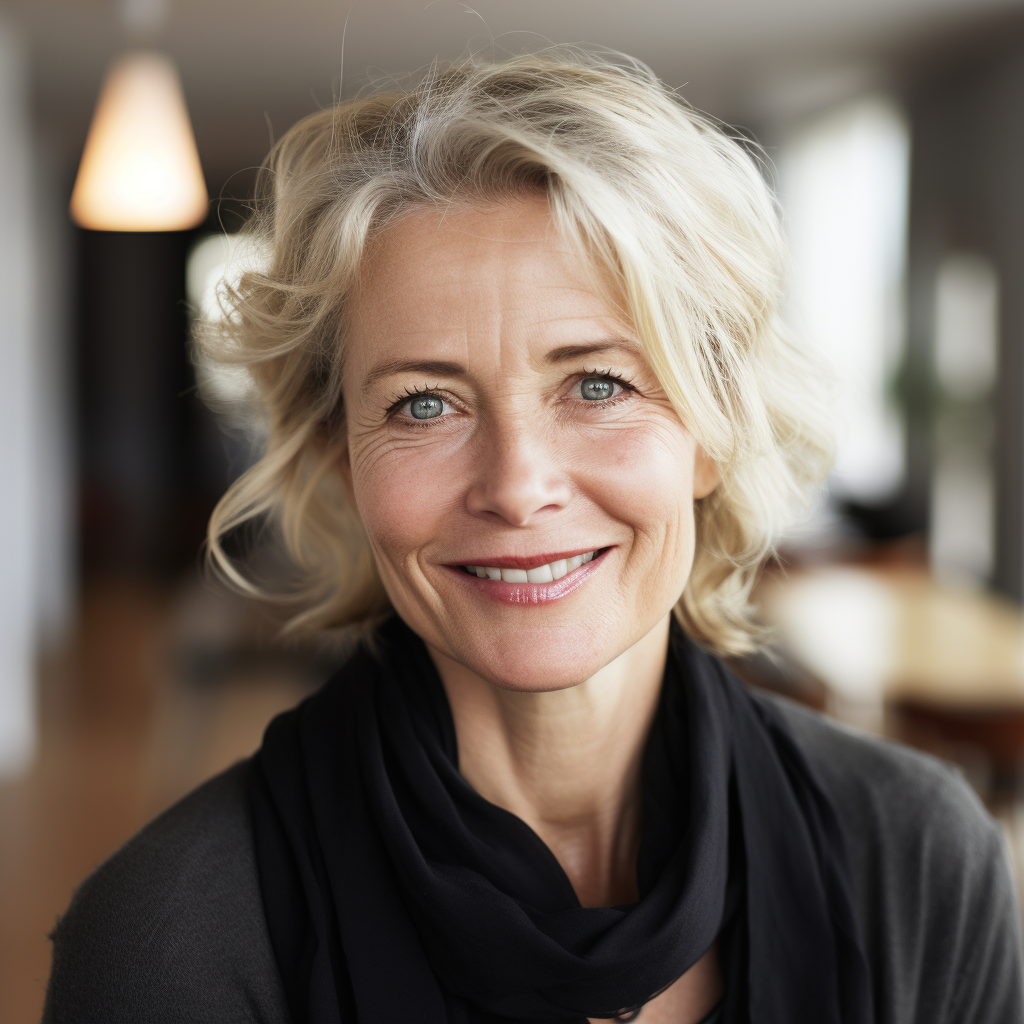As a Danish native, I have always been fascinated by the unique cultural heritage and design traditions of my home country. This rich history of craftsmanship and innovation has been showcased every year during the Danish Design Week, an event that celebrates the best of Danish design and architecture. In this article, I will take you on a journey through the culture of Danish Design Week, exploring its historical significance and contemporary relevance.
The Origins of Danish Design Week
The Danish Design Week can trace its roots back to the early 20th century, a time when Denmark was undergoing significant social and cultural changes. It was during this period that a group of Danish designers and architects, led by pioneers such as Kaare Klint and Arne Jacobsen, began to establish a new design philosophy that would become known as “Danish Modern.” This movement emphasized a minimalist and functional approach to design, drawing inspiration from the natural world and the principles of craftsmanship.
One of the key events that helped to put Danish design on the global map was the “Design in Scandinavia” exhibition, which toured the United States in the 1950s. The exhibition showcased the work of leading Danish designers and introduced American audiences to the concept of Scandinavian design, sparking a craze for Danish Modern furniture and household items.
The Legacy of Danish Design Week
The legacy of Danish Design Week is deeply rooted in the tradition of craftsmanship and attention to detail. Danish design is characterized by its clean lines, minimalist aesthetic, and focus on functionality. This approach has been applied to a wide range of products, from furniture and lighting to textiles and ceramics.
One of the most iconic pieces of Danish design is the PH Lamp, created by Poul Henningsen in 1925. This revolutionary lamp featured a system of layered shades that provided soft, glare-free light – a design that is still revered and emulated to this day. Another classic example of Danish design is the Egg Chair, designed by Arne Jacobsen in 1958. This sculptural and futuristic piece of furniture has become a symbol of Danish Modern design.
Contemporary Relevance
Today, Danish design continues to thrive and evolve, with a new generation of designers and architects pushing the boundaries of innovation and sustainability. The Danish Design Week provides a platform for these emerging talents to showcase their work and to engage with a global audience. The event features a diverse range of exhibitions, talks, and workshops, highlighting the latest trends and developments in the world of design.
One of the key themes of the Danish Design Week is sustainability, reflecting Denmark’s commitment to environmental consciousness and responsible production. Many Danish designers are exploring new materials and production methods that minimize waste and reduce the carbon footprint of their creations. This focus on sustainability has not only earned Danish design international acclaim but also positions Denmark as a leader in the global design community.
Experiencing Danish Design Week
Attending the Danish Design Week is a truly immersive experience, offering visitors the opportunity to explore the vibrant culture and creative spirit of Denmark. The event takes place in various locations across the country, including design studios, galleries, and historic buildings that are transformed into exhibition spaces.
- Visit the Designmuseum Danmark: This museum in Copenhagen is dedicated to the preservation and promotion of Danish design and decorative arts. It offers a comprehensive overview of the evolution of Danish design, from the early 20th century to the present day.
- Explore the Design District: In the heart of Copenhagen, the vibrant neighborhood of Indre By is home to a bustling community of design studios, workshops, and showrooms. Visitors can take a stroll through the streets and discover the latest creations from Danish designers.
- Participate in Design Talks and Workshops: Throughout the Danish Design Week, there are numerous opportunities to engage with leading designers and thinkers through panel discussions, workshops, and interactive installations. These events offer valuable insights into the creative process and the future of design.
The Essence of Danish Design
At its core, Danish design is a reflection of the Danish way of life – a harmonious blend of functionality and beauty, simplicity and sophistication. It embodies the principles of hygge, a Danish concept that emphasizes coziness, togetherness, and a sense of well-being. This emphasis on creating environments that promote comfort and connection is evident in the timeless appeal of Danish design.
As a Dane, I am proud to see the enduring legacy of Danish design celebrated each year at the Danish Design Week. The event serves as a testament to the creativity and ingenuity of Danish designers, past and present, and reinforces Denmark’s position as a global hub for design excellence. I hope this article has provided you with valuable insights into the culture of Danish Design Week and inspired you to explore the world of Danish design for yourself.





